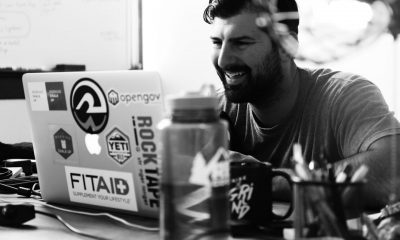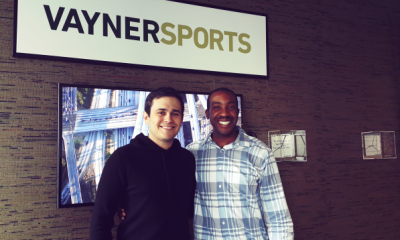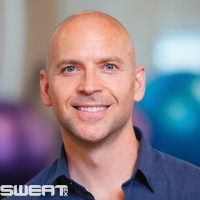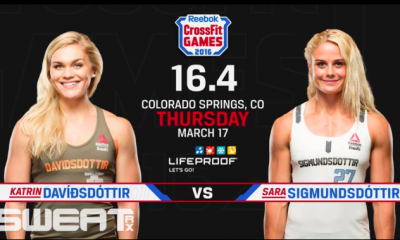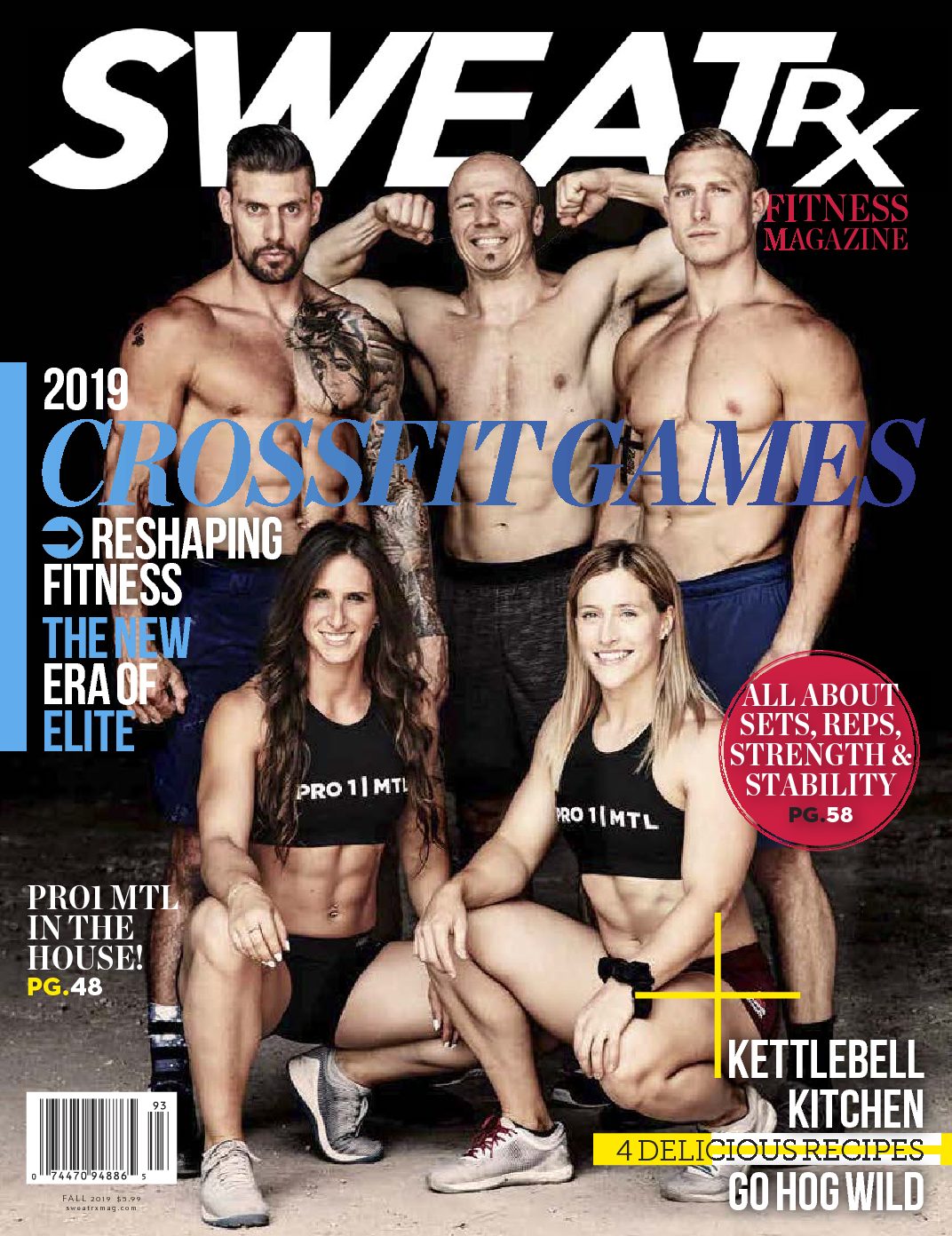Inside Sweat RX
MadLab. Build your box to last 100 years
Our premise is simple: Gym owners from around the world sharing what works and what doesn’t from a long-term business perspective.
Our mission is clear: The MadLab Business Group, functioning much like a co-op, is interested in finding best practices towards developing world class fitness schools and professionalizing the fitness industry, not perfecting short-term profit margins for a group exercise class.
Assessing Your Current Situation
Where are you at now?
Well, if more than 85 percent of your income is coming from group exercise classes, then you are a group exercise class facility.
Are you content with being a group exercise facility? Or do you want to develop a world-class training facility, that is, become a “school of fitness”?
Before we delve deeper, let’s take a look at how the Madlab Business Group began.
Why was the MadLab System formed, and how can it help your business?
History
The idea of a business group was first spawned back in 2006 when a mastermind group of experienced CrossFit affiliates from around the world started getting together every month to discuss their businesses. It was all very informal, but the conversations quickly made us all better. We learned a lot from each other over the course of that year, but for some reason, when the year ended we went our own ways.
The flow of communication and ideas among the mastermind members likely stopped because some of us started consulting businesses of our own, and perhaps we saw our information as proprietary. Or maybe we had learned enough from each other to develop our own successful businesses, and everyone is just too busy to keep the communications flowing. Either way, an important lesson was learned: communication with each other helped improve both our business practices and our profitability.
Skip forward to 2010: Since 2002, when Dave Werner opened the first affiliate in Seattle,
our businesses have evolved considerably, affiliate numbers have skyrocketed, and we all have learned a lot about what works and what doesn’t.
The Consulting Days
Several members from the old mastermind crew, including CrossFit Vancouver’s Craig Patterson, have been running a consulting business for years.
Patterson explains how his business began and has grown: I was talking to affiliates on the phone, trying to keep them from making the big mistakes that we all make in our first couple of years—basic mistakes like bad partnership agreements, not personal training, giving away free shit, and being the cheapest group exercise class in town. At one stretch, I was consulting twenty separate affiliates and it was taking up so much of my day that it spilled over to the evenings and early mornings when my girlfriend was around. She would hear hours of conversations, and to be honest, the first few consults were pretty basic. The advice I gave them wasn’t rocket science, but it made a big difference in the lives of affiliate owners and I felt privileged to help. One day, my now fiancée looked at me dead in the eye and said, “Is this business really that simple?”
I replied,” What do you mean?”
“Well you say the same things over and over to these people all day long. They ask exactly the same questions. I could tape you and play it back to them and it would have the same effect,” she said.
This statement initially hurt my feelings, but upon reflection I realized that she was right, and I had to admit that I was getting tired of the long hours, which were hurting my CF Vancouver family.
I had to find a better way. I couldn’t just shut down my consulting business; the phones were still ringing and affiliates wanted help. To add to the problem, the nature of their struggles was different than during my first year of consulting. Now a good portion of the affiliates calling me were way more experienced than during the early consulting days. These affiliate owners had three plus years of experience and over 200 clients. Their big problem was that they were all suffering from tremendous burnout.
They needed better systems to handle their growth.
It all became pretty clear. Not only did I need better tools to educate affiliates, but I also needed them to handle the growth in my own box. Payroll alone was a complex mess of Excel spreadsheets in order to cut checks for 40 to 50 apprentices and coaches.
So what to do?
The Search for “Tools” and reconnecting with old CrossFit Buddies
I started looking into technology that could deliver the information efficiently. As I was exploring the mind-boggling array of options, I became curious as to how many of my CF buddies from the early days were faring out in the free market. I then had a few absolutely riveting conversations with some of my “star” mentees from the early days. They had amazing stories to tell, and today they were no longer my juniors; they were experienced business owners who had developed incredibly unique solutions to many of the same problems we all had faced.
I was learning the easy way again. Instead of all the gruelling painful years of trial and error, I was learning from the pain of others. Not since the early days of hanging out with Greg Glassman– conversations that basically built our business–did I learn so much so fast. I found out there were whole areas of business I had never explored, areas where my contemporaries had become experts. At the same time, I had also been developing strategies and systems in certain areas, systems I hadn’t yet shared with them. As we reacquainted ourselves over the phone, sharing what we had learned and developed in the last five years, pretty soon we found ourselves needing more. We needed face-to-face interaction.
MadLab Group is established
Our MadLab alpha group met in June 2012, and right away we could feel a vibe developing amongst us. The bond of CrossFit affiliation and the challenges of running a gym were common ground, and the feeling of not being alone anymore was the fuel that stoked the fire. The challenges, complaints, constraints, and joys we faced were basically the same. Our solutions, however, were oftentimes unique.
After four days together, we all knew our businesses would never be the same. We had each found new solutions to the challenges we faced, and in some cases, we even found completely new lines of business to help us become more profitable and sustainable.
For example, we had all tried a “Paleo challenge.” We started talking about how to properly run one when Justin Marcis from Windy City CrossFit began describing his. Turns out, he runs a nutrition program at his box that grosses $100,000 a year. The group looked at each other and said in unison,





